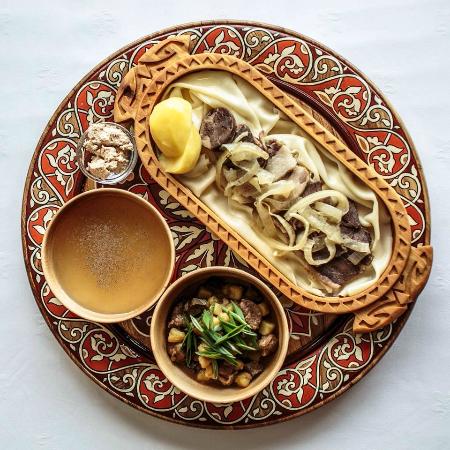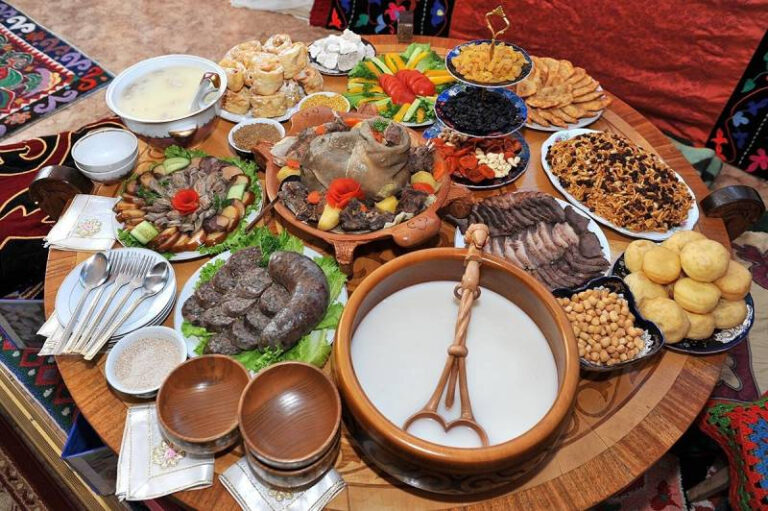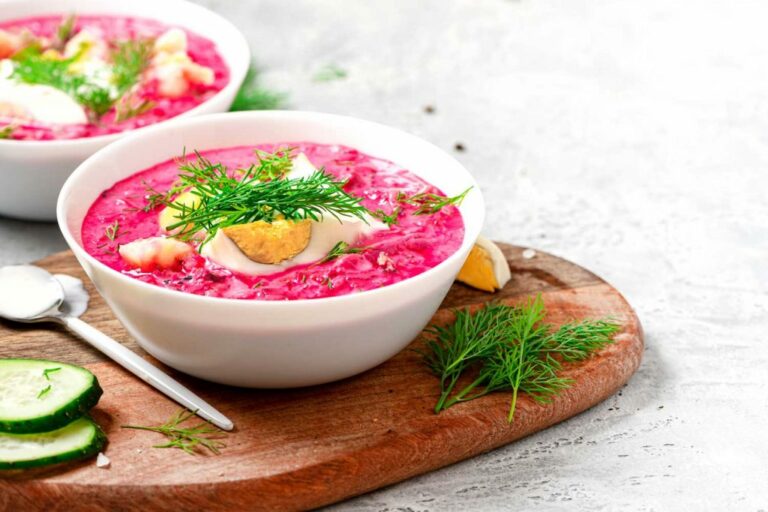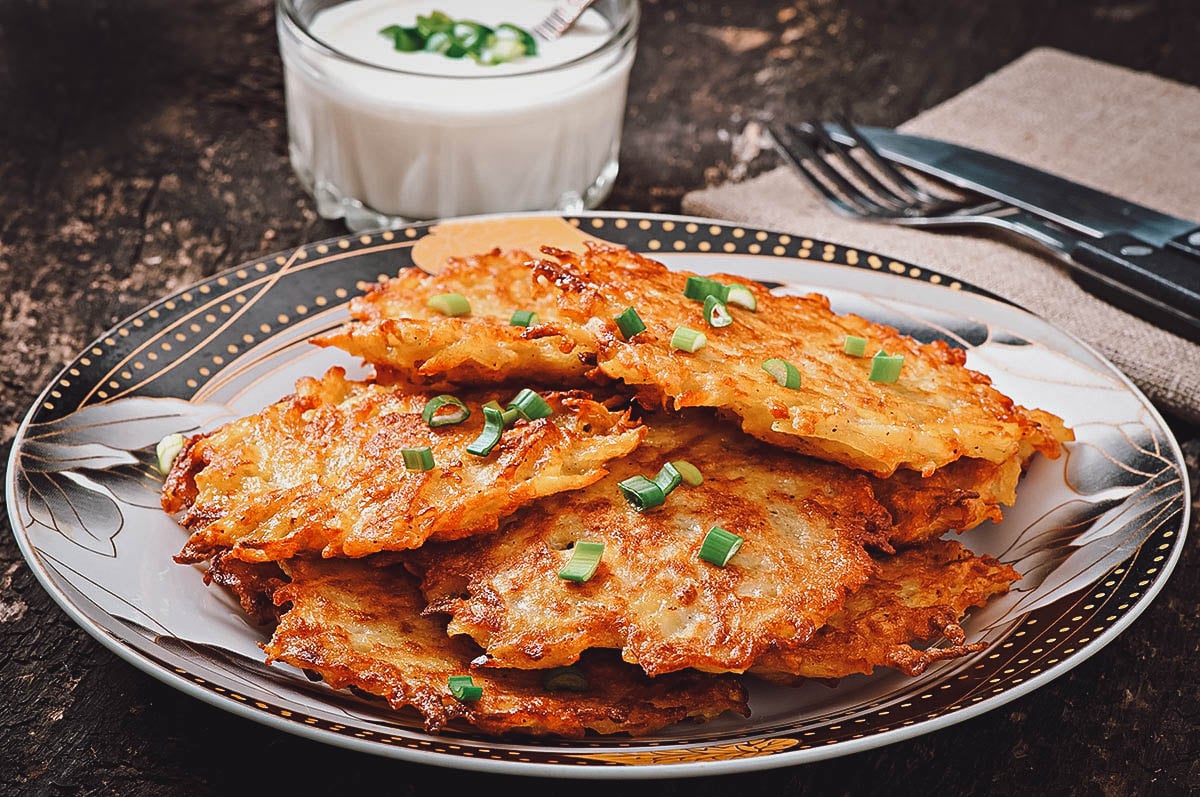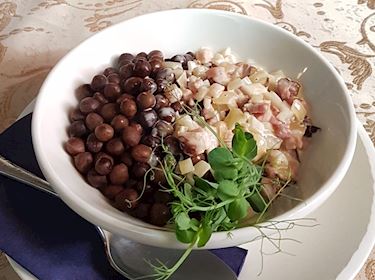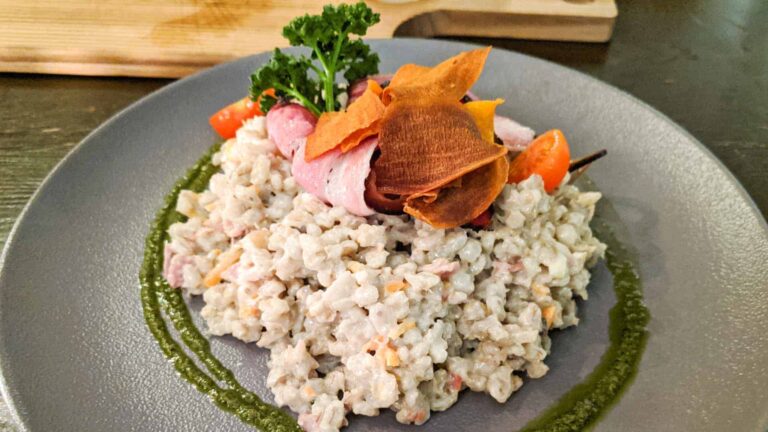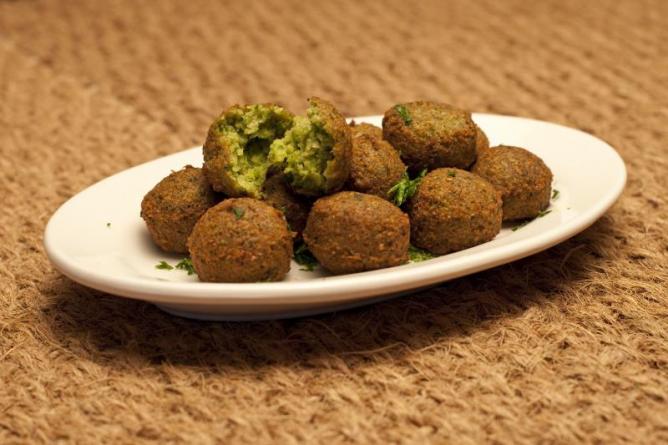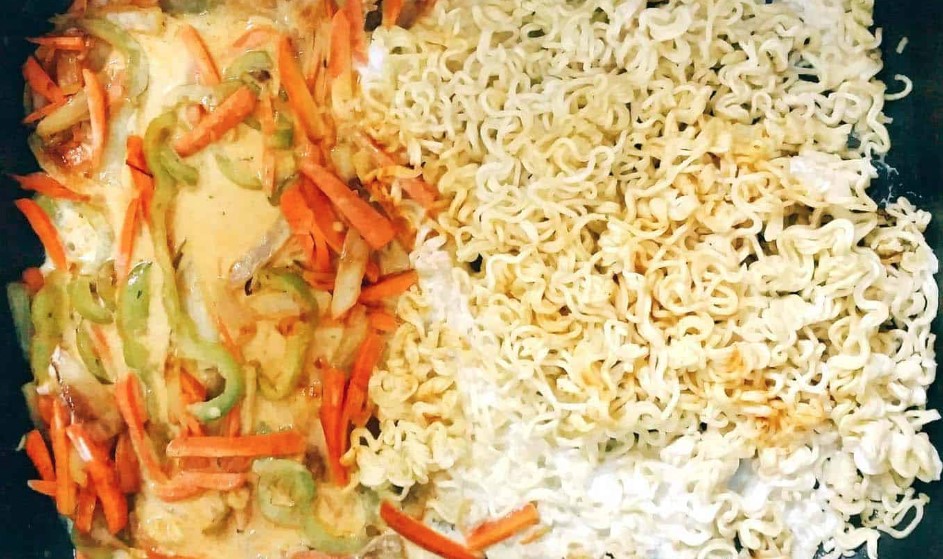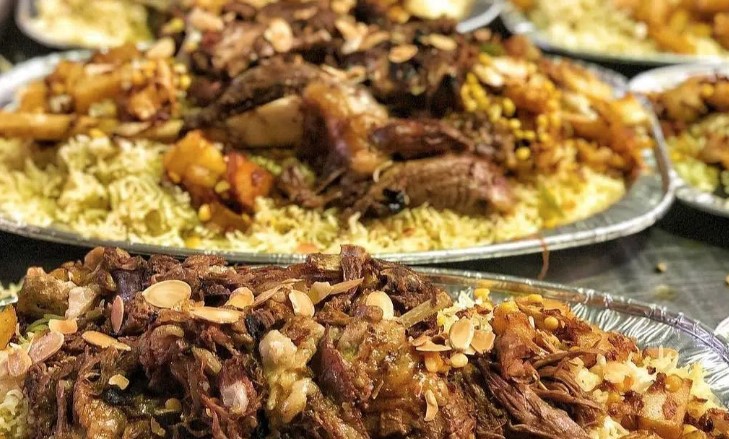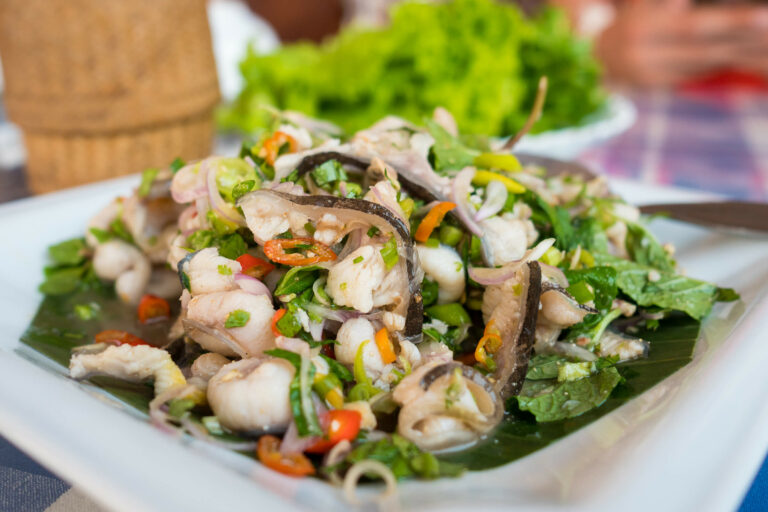Introduction: Diving into Kazakh cuisine
Kazakhstan is a country with a rich and diverse culinary heritage shaped by its nomadic past and geographical location. Traditional Kazakh cuisine is heavily influenced by the region’s harsh climate and nomadic way of life. The cuisine is characterized by the use of meat, dairy products, and grains, which are readily available in the region. From unique meat dishes to dairy products and sweets, Kazakh cuisine has something to offer for everyone.
Regional dishes of Kazakhstan
Kazakhstan is a vast country, and its regions have their unique culinary traditions. One of the most popular regional dishes of Kazakhstan is Beshbarmak, which means “five fingers” in Kazakh. It is a traditional dish that consists of boiled meat (usually lamb or beef) served on a bed of pasta. Another regional dish is the Kazy, which is a sausage made from horse meat and is a popular delicacy in Kazakhstan.
Lesser-known Kazakh ingredients
Kazakh cuisine has many lesser-known ingredients that are worth discovering. One such ingredient is the Terek, which is a type of wild garlic that grows in the Tien Shan mountains. It is used to add a unique flavor to traditional Kazakh dishes. Another lesser-known ingredient is the Zhaya, a wild berry that grows in the mountainous region of Kazakhstan, and is used to make jams and syrups.
Traditional Kazakh meat dishes
Meat is an essential part of Kazakh cuisine. One of the most popular meat dishes in Kazakhstan is Kuyrdak, which is made from lamb or beef liver, heart, and kidneys. Another popular meat dish is the Shashlik, which is marinated meat cooked over an open flame. Horse meat is also a common ingredient in Kazakh cuisine, and dishes like Besbarmak and Kazy are made from horse meat.
Unique Kazakh dairy products
Dairy products are an essential part of Kazakh cuisine, and many unique dairy products are exclusive to the region. One such product is the Kumys, a fermented drink made from mare’s milk, which is believed to have many health benefits. Another unique dairy product is the Shubat, which is a fermented camel’s milk drink that is similar to Kumys.
Kazakh sweets and desserts
Kazakh cuisine has a wide range of sweet dishes and desserts that are perfect for those with a sweet tooth. One such dessert is the Baursak, a fried dough ball that is often served with tea. Another popular dessert is the Kuyrdak, a sweet pastry filled with walnuts, sugar, and butter. The Chak-Chak is another sweet dish made from fried dough that is coated in honey syrup.
In conclusion, Kazakh cuisine is a rich and diverse culinary tradition that is worth exploring. From unique meat dishes to dairy products and sweets, Kazakh cuisine has something to offer for everyone. With its diverse regional dishes and lesser-known ingredients, Kazakh cuisine is a testament to the country’s rich cultural heritage.

